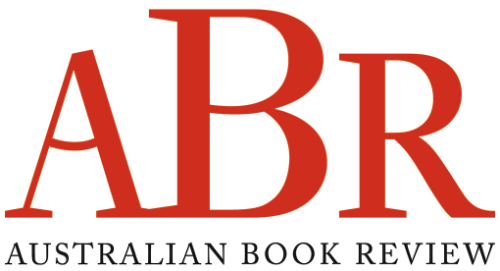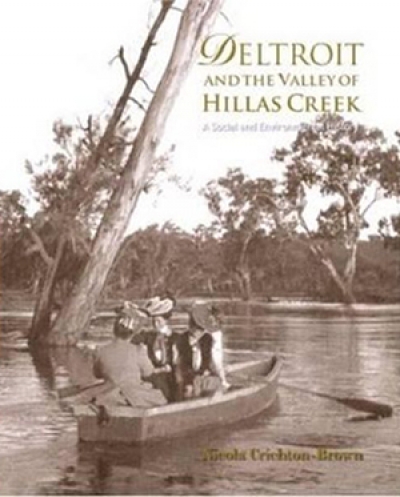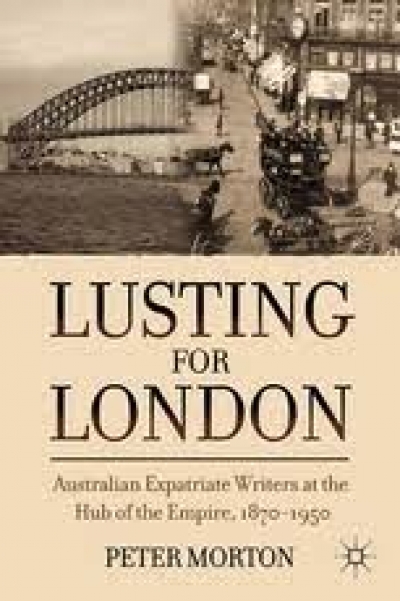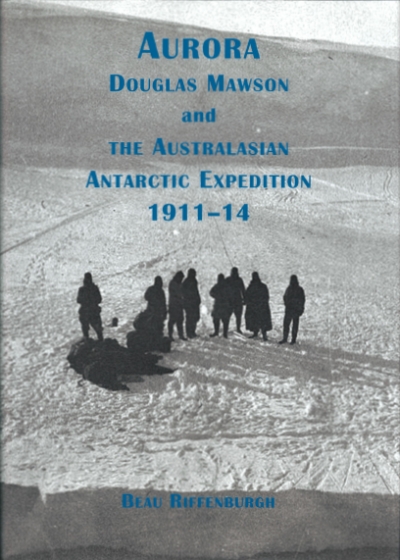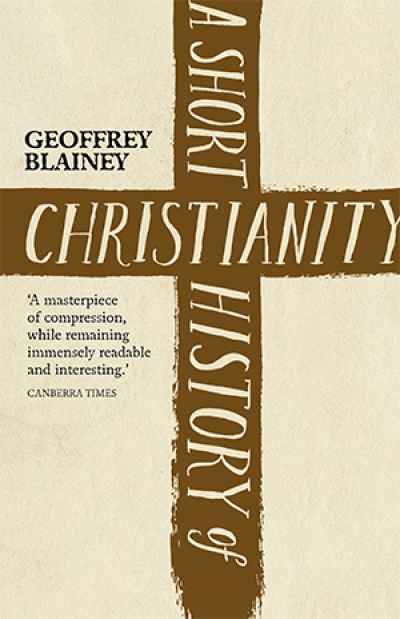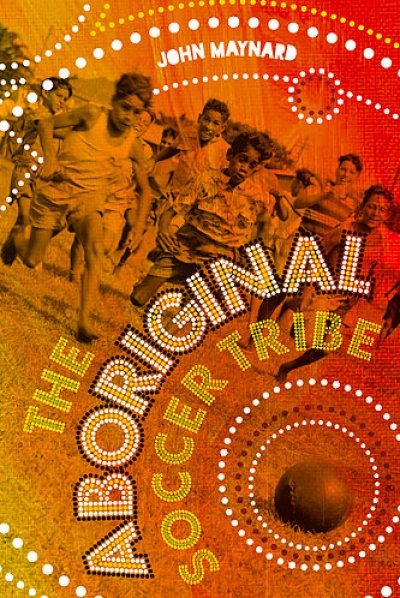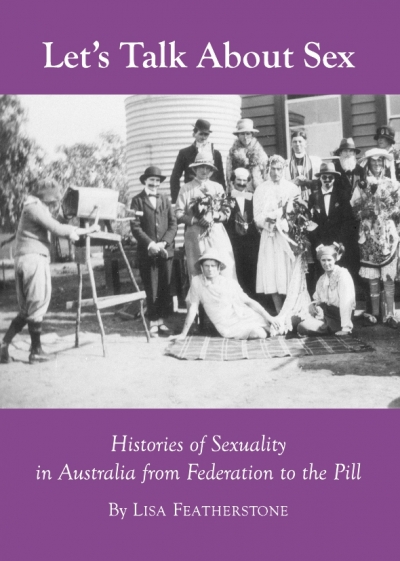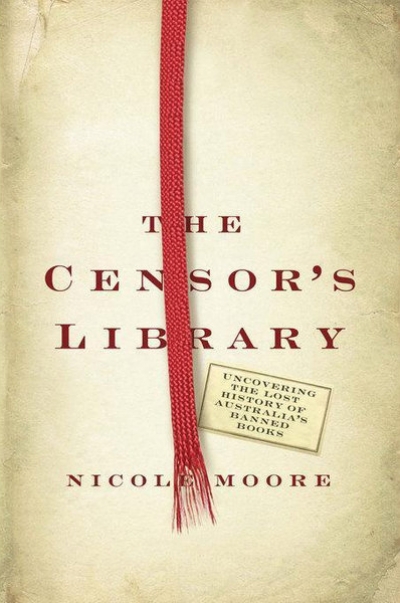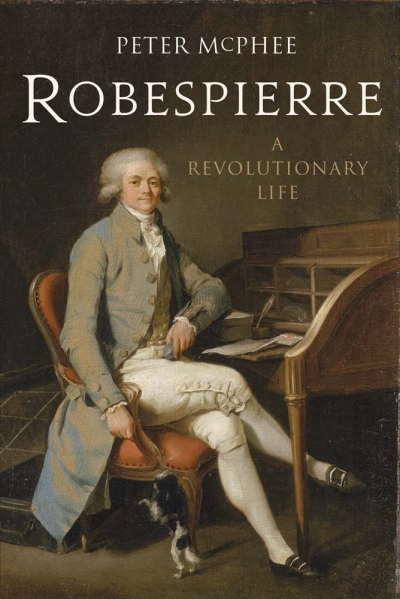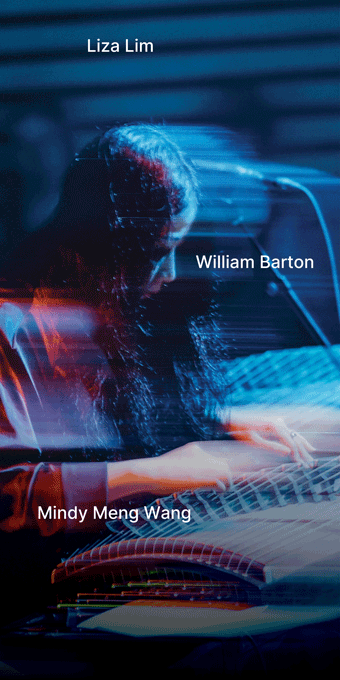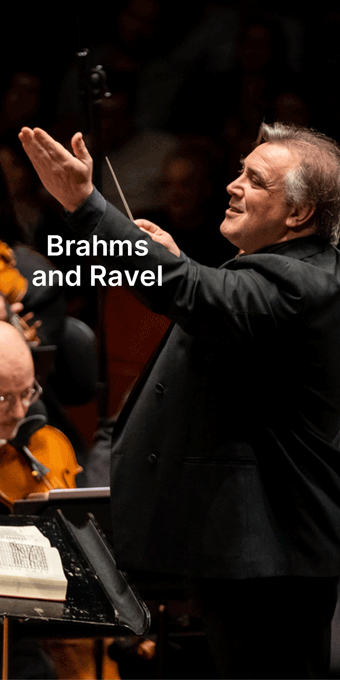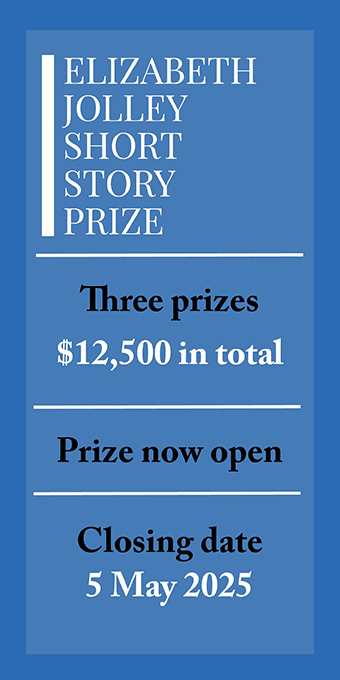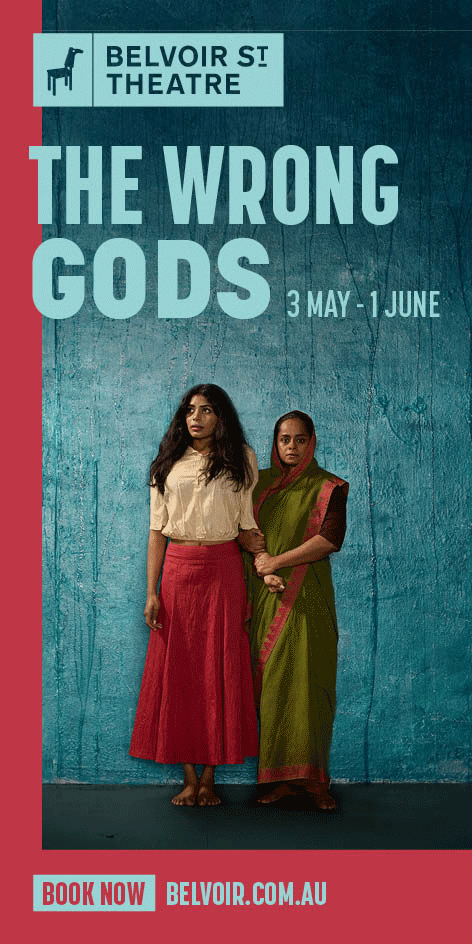History
The Beach Beneath the Street: The Everyday Life and Glorious Times of the Situationist International by McKenzie Wark
by Ben Juers •
Deltroit and the Valley of Hillas Creek: A Social and Environmental History by Nicola Crichton-Brown
by Susan Crennan •
Lusting for London: Australian Expatriate Writers at the Hub of Empire, 1870–1950 by Peter Morton
by Lucy Sussex •
Thinking the Twentieth Century by Tony Judt, with Timothy Snyder
by Neal Blewett •
Aurora: Douglas Mawson and the Australasian Antarctic Expedition 1911–14 by Beau Riffenburgh
by Alasdair McGregor •
The Aboriginal Soccer Tribe: A History of Aboriginal Involvement with the World Game by John Maynard
by Bernard Whimpress •
Let’s Talk about Sex: Histories of Sexuality in Australia from Federation to the Pill by Lisa Featherstone
by Shirleene Robinson •
The Censor’s Library: Uncovering the Lost History of Australia’s Banned Books by by Nicole Moore
by Geoffrey Cains •
